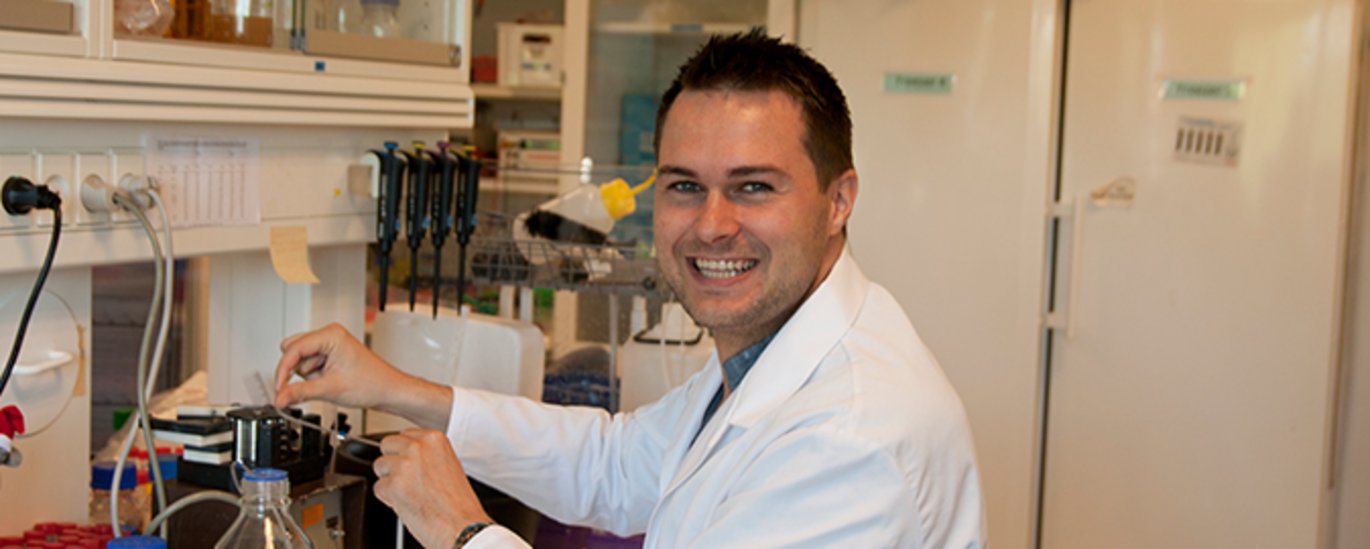Peter Aasted Paulsen receives a donation at a ceremony in Copenhagen to study T-cell virus complex
On Friday, Peter Aasted Paulsen received a donation of DKK 100,000 at a ceremony at Rigshospitalet from Savværkejer Jeppe Juhl og Hustru Ovita Juhls Mindelegat to study sugar transport and their complexes.

eter A. Paulsen was awarded the DKK 100,000 for the project: "Interaction studies of the complex between human sugar transport and human T-cell virus".
The human T-cell lymphotropic virus type 1 (HTLV-1) belongs to the retrovirus family with a particular ability to grow in cells from the immune system. Infection with HTLV-1 is widespread in Latin America, Africa, certain parts of Asia and among drug addicts. It is estimated that 20 million people worldwide are infected, and there is no vaccine available yet to protect against infection with the virus.
Previous studies show that the protein, which the virus particle recognizes - and which is necessary for the virus to infect cells - is a protein that is located in the cell membrane and transports sugar (GLUT1). The current theory is that GLUT1 is a key part of a complex where two other proteins on the cell surface help HTLV-1 to bind to the sugar transporter, after which the virus can infect the cell.
Peter Aasted Paulsen is postdoc in Assistant Professor Bjørn Panyella Pedersen’s laboratory in the Section for Structural Biology in the Science Park. In this laboratory, they have wide experience working with sugar transporters, and they are now aiming at investigating whether it is possible to form the in vitro complex between sGLUT1 and the specific envelope protein from HTLV-1 that has been identified as the viral interaction partner.
If they succeed in forming a stable complex between the two proteins, they will try to solve a structure of the complex. This may provide new information on how a general class of retrovirus infect cells, but it may also be useful for developing a specific treatment of HTLV-1, as the results will be a great help in the development of a drug that can block the virus from binding to GLUT1 and thus protect against viral infection.
For more information, please contact
Postdoc Peter Aasted Paulsen
Department of Molecular Biology and Genetics
Aarhus University, Denmark
peterap@mbg.au.dk
